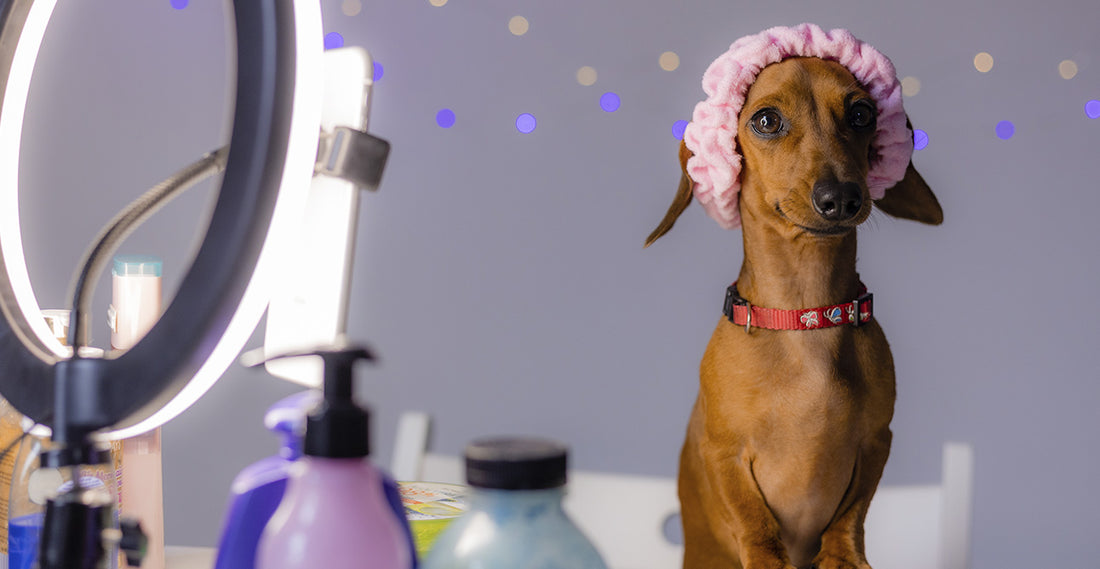Getting the perfect shot of your pet can be a challenge, especially when it comes to lighting. But with a few simple techniques, you can create professional lighting at home without having to buy expensive camera accessories.
Here are some tips on how to improve the lighting at home when photographing your pet with your mobile camera. Of course, the tips work just as well with a regular camera.
1. Use natural light
Natural light is usually the best light for photographing your pet. Try to take photos during the day when the sun is up. Place your pet near a window where sunlight can stream in, but avoid direct sunlight which can create harsh shadows and overexpose the image. The best light is indirect and soft, such as on cloudy days or when the sun is not at its highest point.
2. Reflect light with simple material
If the light is only coming from one side, you can use a light reflector to soften the shadows on your pet. You don’t need to buy an expensive reflector – a simple white piece of cardboard, a large piece of white paper, or even a mirror can work well. Place the reflector on the opposite side of the light source to reflect the light back onto your pet for more even lighting.
3. Create soft light with homemade diffusers
If the light from your window or lamp is too harsh, you can create a diffuser to soften the light. A diffuser is a semi-transparent material that spreads the light and reduces shadows. You can use a white shower curtain, a thin curtain, or even baking paper in front of the light source to create a softer, more comfortable light.
4. Use multiple light sources
To avoid harsh shadows and create more balanced lighting, you can use multiple light sources. If you don't have professional lights, you can use regular table or floor lamps. Place them on different sides of your pet to create even light all around. Be sure to avoid direct light from above, as this can create unwanted shadows under the eyes and muzzle.
5. Use the flashlight on your phone
Many modern cell phones have built-in flashlights that can be used to provide extra light in darker environments. Place your cell phone's flashlight on another cell phone or holder to direct the light from the side and not straight ahead, which can create unpleasant reflections in your pet's eyes.
6. Experiment with the angle of light
Try varying the angle of the light to create different effects. Side lighting can highlight the texture of your pet's fur, while lighting from behind can create a dramatic silhouette. If you have the opportunity, move the light sources around or have someone hold up reflectors while you experiment to see which light best highlights your pet's personality.
7. Use bright surfaces to diffuse light
Light walls, floors or ceilings can act as natural reflectors that spread the light throughout the room. If you have a room with light walls, you can take advantage of this by photographing your pet there, as it will help to soften and even out the light.
8. Avoid lightning if possible
Built-in flashes on cell phone cameras often produce a harsh, flat light that can make your pet's photo look less attractive. It can also scare your pet. Instead, try using the techniques mentioned above to create enough light without using a flash.
These were some simple tips from us. So get started and take amazing photos of your pet. Light is one of the most important factors in capturing a great image, and with a little creativity, you can use simple means to achieve professional results.
